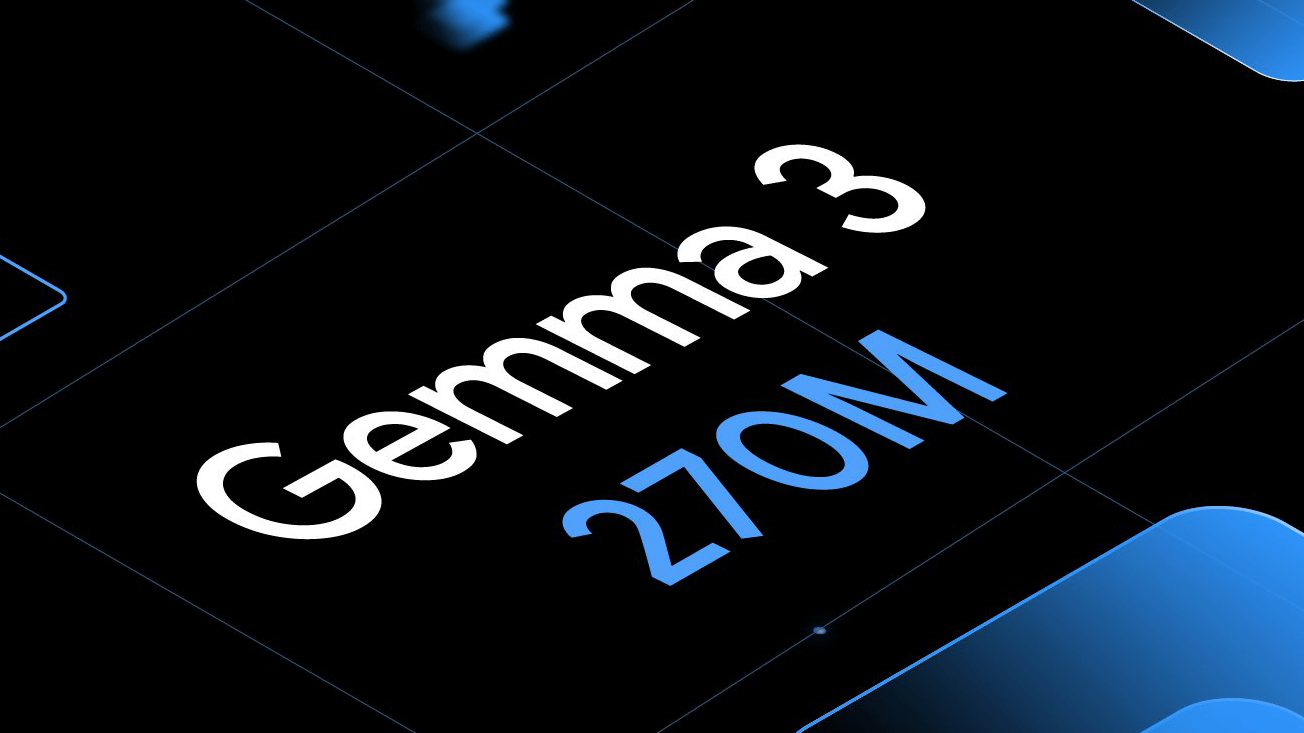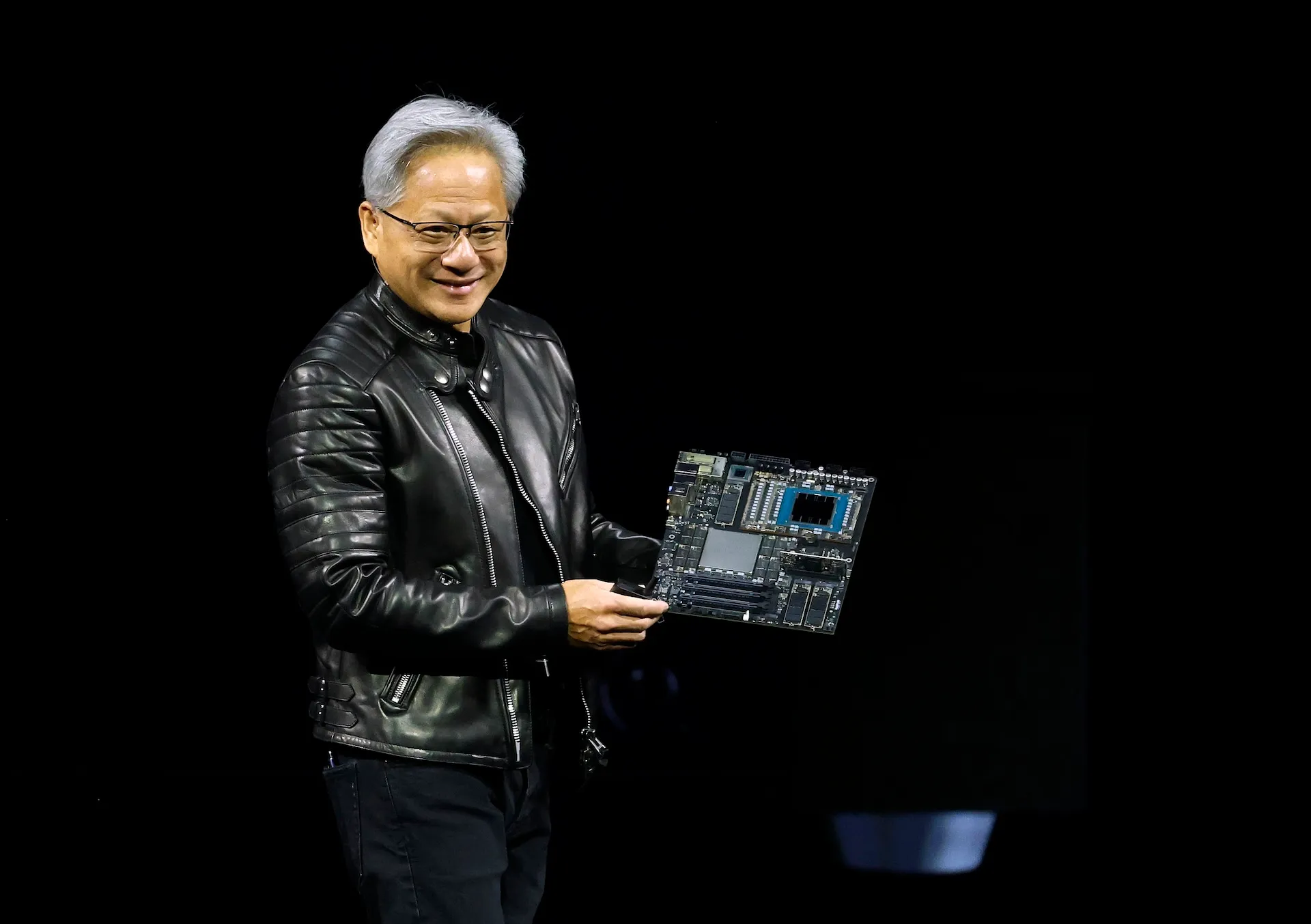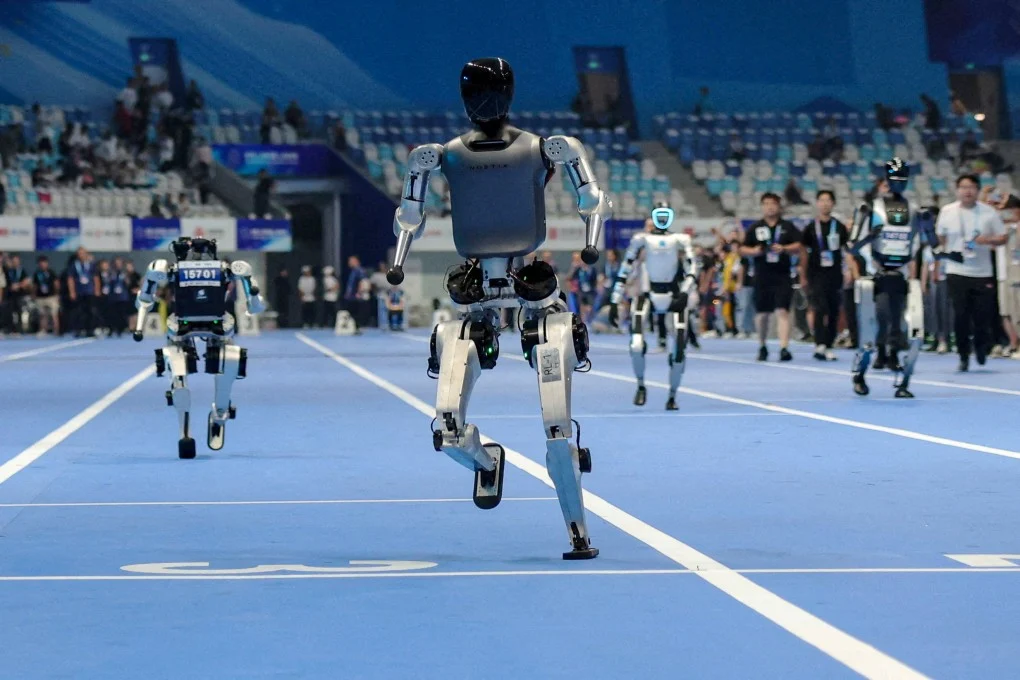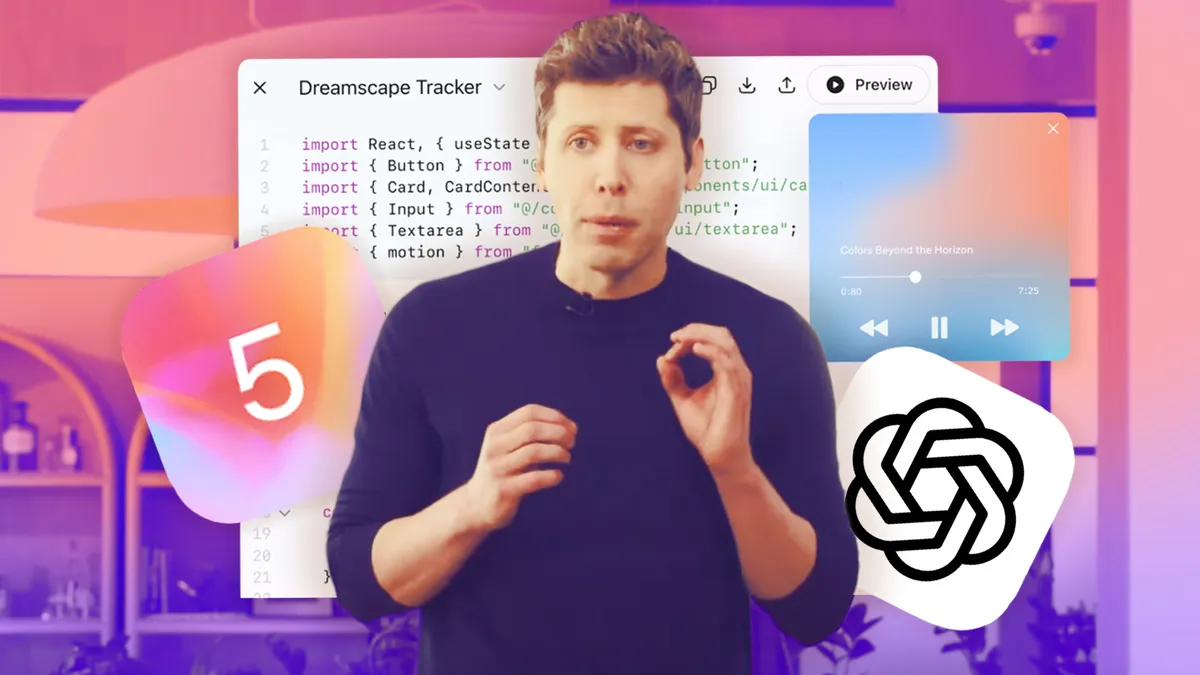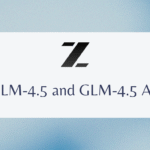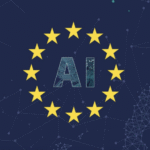As artificial intelligence reshapes nearly every corner of the global economy, a more discreet yet explosive battle is unfolding in Silicon Valley and beyond—a cutthroat war for elite AI researchers, engineers, and executives. Fueled by billion-dollar ambitions and billion-user platforms, the latest wave of AI talent poaching is more than a hiring spree; it’s a radical power shift that’s redefining the competitive landscape, R&D dynamics, and ethical direction of the entire industry.
An Unprecedented Arms Race for Human Capital
In recent months, the scale and audacity of offers made to AI professionals have reached historic highs. Meta, in particular, has emerged as the most aggressive recruiter, targeting top minds from rivals like OpenAI, Google DeepMind, Anthropic, Apple, and Scale AI.
One of the most high-profile poachings involved Ruoming Pang, the former head of Apple’s Foundation Models team. According to multiple reports, Pang was offered compensation exceeding $200 million to join Meta’s newly formed Superintelligence Lab, a skunkworks-style division helmed by CEO Mark Zuckerberg to accelerate artificial general intelligence (AGI) research.
This staggering package—unheard of even in executive compensation circles—includes equity, bonuses, and long-term incentives. Meta has also absorbed key figures such as Nat Friedman (ex-GitHub), Alexandr Wang (Scale AI), and Hongyu Ren (Google DeepMind), reportedly offering $100 million signing bonuses to lock in elite AI developers.
From Startups to Titans: No One Is Immune
This talent drain is not confined to corporate giants. AI startups, often backed by major venture firms, have also been raided. The most visible example is Windsurf, a code-generation startup that was close to being acquired by OpenAI for $3 billion—until the deal collapsed due to Microsoft’s alleged concerns over competition. Seizing the opportunity, Google DeepMind stepped in, striking a $2.4 billion license-and-hire agreement, onboarding Windsurf’s CEO Varun Mohan and several key engineers while leaving the company intact under new leadership.
This maneuver—dubbed a “reverse acqui-hire”—demonstrates how Big Tech is now finding workarounds to bypass traditional M&A barriers while still absorbing intellectual property and human capital.
Why This Matters: The Consolidation of AI Innovation
What makes this poaching wave more than just a series of big paydays is its long-term systemic impact:
- Innovation Centralization: The top 1% of AI researchers—those capable of designing foundation models, reasoning agents, and tool-augmented systems—are increasingly concentrated within four or five firms. This creates a risk of intellectual monoculture and stifles innovation diversity.
- Startups at Risk: With talent constantly siphoned by billion-dollar offers, smaller AI firms face enormous retention challenges. Many are shifting to open-source models as a defense mechanism to keep community engagement alive even if talent exits.
- Cultural Fragmentation: Companies offering sky-high salaries often struggle to integrate such hires into cohesive teams. Organizational culture may fracture when long-term collaborators are leapfrogged by newly imported millionaires.
- Ethical Direction: Where these AI minds go, so go the values and governance frameworks embedded into future systems. For example, Meta’s “move fast” mantra differs sharply from OpenAI’s “cautious progress” stance. The migration of safety researchers between firms may alter how AI guardrails evolve.
Industry Backlash and Regulatory Flashpoints
The intense poaching has triggered criticism even from within the AI elite. Sam Altman, CEO of OpenAI, reportedly responded to Meta’s recruiting blitz by stating, “Missionaries beat mercenaries.” His message was clear: AI advancement must be purpose-driven, not salary-driven.
Meanwhile, regulators in the U.S. and EU have begun scrutinizing these hiring patterns. Senator Ron Wyden has called for greater transparency in how AI hiring affects industry competition and model governance. Antitrust bodies are evaluating whether reverse-acqui-hires constitute de facto acquisitions disguised as employment deals.
Reid Hoffman and the $200M Rationality
Venture capitalist and OpenAI board member Reid Hoffman defended these massive pay packages, stating that the potential value AI researchers generate may well justify their earnings. According to Hoffman, an individual capable of accelerating AGI development or reducing hallucination rates could deliver “trillions in value.”
Others, however, worry about sustainability. Analysts from MarketWatch and Business Today have pointed out that Meta’s escalating hiring budget—combined with its $14 billion investment in Scale AI—could pressure margins and invite shareholder pushback.
The New Normal?
| Aspect | Traditional Tech Hiring | 2025 AI Talent Poaching |
|---|---|---|
| Average Signing Bonus | $50K–$500K | $5M–$100M |
| Decision-Making Time | Weeks to Months | Days, sometimes hours |
| Focus | Skill fit | “Black box” performance metrics |
| Compensation Philosophy | Competitive, modest | Hyper-inflated, venture-backed |
| Talent Risk | Skills gaps | Strategic IP leakage |
This new AI labor market is volatile, high-stakes, and deeply strategic. It’s no longer just about building better models—it’s about locking in the minds that can imagine them.
Conclusion: War of the Brains
The AI industry’s future may no longer be dictated by who has the largest datasets or the fastest GPUs, but rather by who can attract—and retain—the rarest talent. These elite few aren’t just engineers; they are architects of tomorrow’s reasoning engines, autonomous agents, and machine intelligence ethics.
Poaching, once a quiet backroom tactic, is now a frontline strategy in an AI arms race. As the competition heats up, the cost of each hire rises, and with it, the stakes for how AI is developed, governed, and deployed across the globe.


